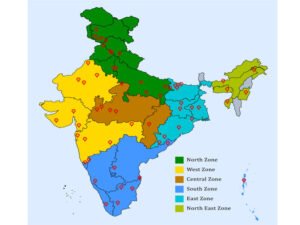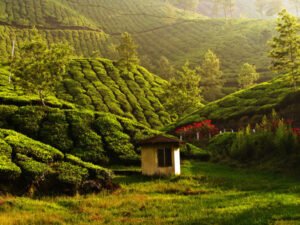India’s states are unlike each other in the extreme. The distance between the rich and poor states, nevertheless, has widened. Haryana, one of India’s richest states, is six times richer than Bihar. All five of the southern states, unsurprisingly, were among the ten richest large states in 2018-19.

Source- ResearchGate
Data shows that southern Indian states continue to outperform the rest of the country in health, education and economic opportunities. But what are the consequences of this phenomenon?
A prevailing theory in newly independent India was that with time, the economic growth and per capita income of various states would converge. But many researchers have now shown that economically disparate states do not converge to a single steady state. Some reasonably well-to-do states have done better than their rich peers; and that, data suggests, can be entirely explained by state-level policymaking and implementation.
In many of the indicators of health, education and economic opportunities, the difference between the south and the north is as stark as that between Europe and sub-Saharan Africa. At the time of India’s independence in 1947, the four southern states – Tamil Nadu, Karnataka, Kerala and Andhra Pradesh which constituted about a quarter of India’s population – were mostly in the middle or bottom in terms of development.

Source- The Hospitality Daily
Each of the southern states has its own particular story, but in essence, the progress was achieved by the innovative policies of individual states. But, the states have acted as laboratories of democracy, as they were expected to do so.
Agriculture, which was the mainstay of the country’s economic output at the time of Independence, has remained an unproductive and low-yielding economic activity for a variety of reasons. Economic progress in India and in much of the developing world, therefore, has been linked to moving people away from agriculture and into manufacturing and services.
For example, agriculture contributes only 3.91 percent to Tamil Nadu’s GSDP. That’s the lowest proportion in the country among the large states. Kerala follows its neighbor, at 4.07 per cent. Among the southern states, only Andhra Pradesh has a double-digit ratio, with agriculture contributing 11.5 per cent to its GSDP.
States with low human development indices and low per capita incomes, meanwhile, dominate the list of states where agriculture contributes significantly to the GSDP. Punjab is the exception to India’s agriculture conundrum. It is a relatively prosperous state with reasonable levels of human development that still has a high degree of dependence on farming as an economic activity.





















































































